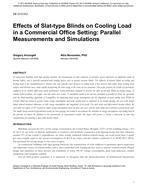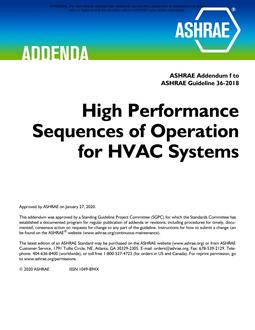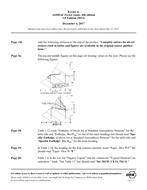Click here to purchase
Hourly dynamic energy performance study of buildings requires in-depth understanding of dynamic thermal performance of building envelope assemblies. Several studies performed by others have so far confirmed the necessity of considering correct thermal storage behavior of building envelope assemblies in dynamic hourly building energy simulations. Two and three-dimensional building envelope thermal bridges have significant impact on effective heat performance, and once coupled with the effect of heat storage, the dynamic heat transfer through the assembly can be significantly different from the one obtained from steady-state calculation methods. In this study, a simplified transient heat transfer model based on frequency response of RC-Network (FR-RCN) is presented that could generate the equivalent model for the same assembly with different continuous insulation thickness simply by systematically modifying the original RC-Network coefficients. In this study, two mass type structures are considered and their dynamic responses in a climate that is characterized with cold winter and hot summer (Toronto climate – climate zone 6) are analyzed using the proposed simplified method. As a validation exercise, the results calculated using equivalent FR-RCN are compared with solutions obtained from finite element analysis using COMSOL, and found to be in good agreement. In addition, the heat flux of the assemblies was calculated based on liner transmittance method and compared with the proposed method, and showed significant difference. In general, the FR-RCN variable insulation thickness method is found to be efficient, fast and flexible calculation method with good accuracy.
Citation: Thermal Buildings XIV 2019
Product Details
- Published:
- 2019
- Number of Pages:
- 8
- Units of Measure:
- Dual
- File Size:
- 1 file , 2.8 MB
- Product Code(s):
- D-Bldgs19-091


